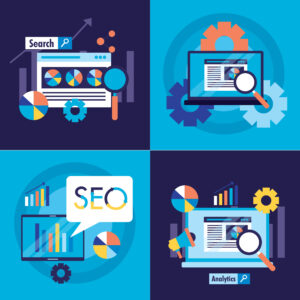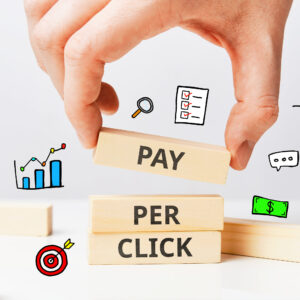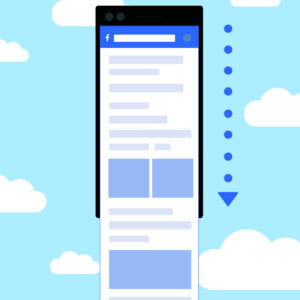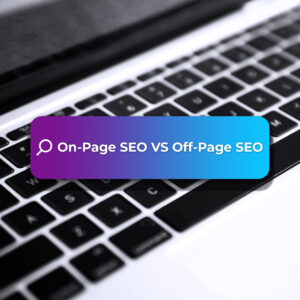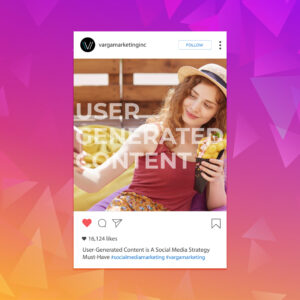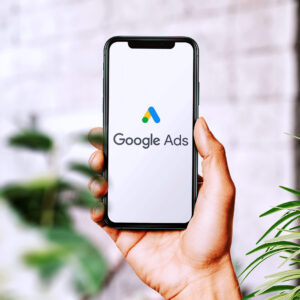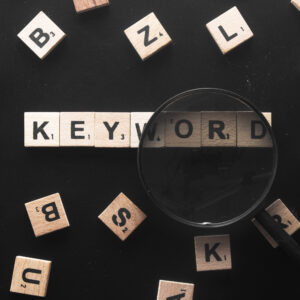Digital marketing has evolved alongside the internet. We’ve come a long way from the years of just selling products in local marketplaces. Now that the internet provides the ability to reach more people than ever, digital marketing has developed to be a vital key to success for many businesses. As global communication and commerce have grown and become easier, marketing has adapted to include the new mediums made available through the internet. Understanding what digital marketing is and how the evolution of the internet got it to where it is today is an important first step for anyone learning about marketing or doing their own.
Digital marketing, also called online marketing or internet marketing, refers to any of a business’s marketing efforts done using the internet. A business’ digital marketing strategy will typically use a mix of Search Engine Optimization (SEO), pay-per-click (PPC) advertising, and social media marketing tactics to get the best results. Digital marketing agency services are based on an understanding of the modern marketing landscape online and a firm grasp of how to use each of these channels, and others, to market or advertise a brand or business to their target audience in an effective way.

Digital marketing is dependent on the extended, international communication that is made possible with the internet. Understanding the growth and expansion of the internet helps to improve understanding about how digital marketing has gotten to where it is today.
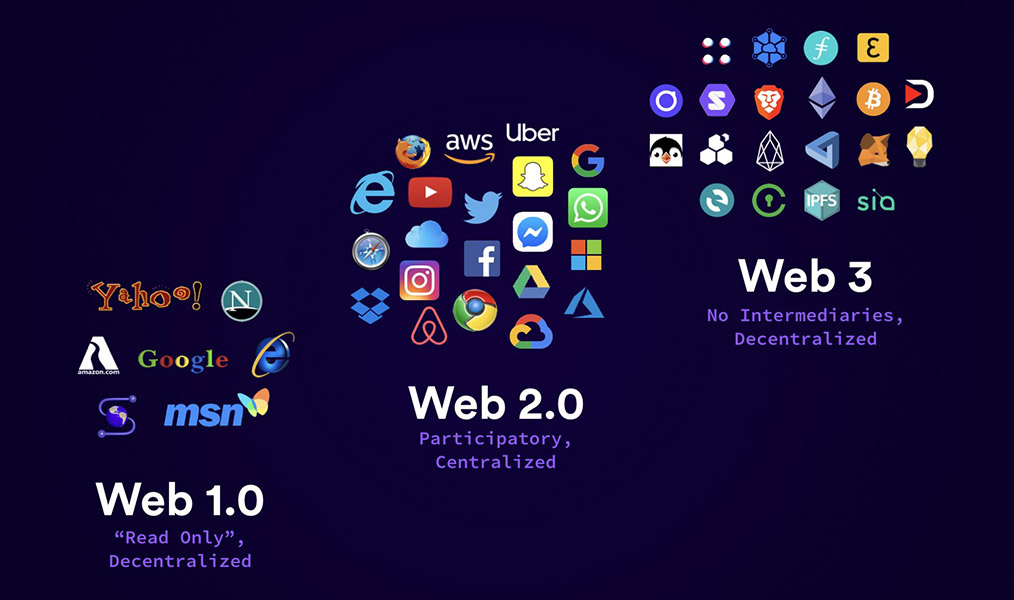
The first public version of the internet, known as Web 1.0, became available in the 1990s. Web 1.0 provided the most basic structure you can imagine with websites featuring static pages with text, images, and HTML links to other websites. Users in this era have no way to offer input; they could only search for information and read the content that showed up in the results.
Digital marketing at this stage was still very similar to traditional marketing. Businesses could post information that users would see and that would be the end of the interaction. There was no real communication and online visitors were merely passive observers of whatever was posted.
Digital marketing efforts were slowly growing throughout the 1990’s, which was when the term was coined. This mostly took the form of companies focusing on running their own webpages and trying their hand at digital ads, despite the fact that advertisements were banned on Web 1.0.
The first clickable ads can be traced back to October of 1994. While there isn’t one specific ad that you can say for certain was the first, banner ads created by HotWired.com are usually credited with this. Wired Magazine wanted to hop on the trend and get their own website up but had no way of paying for it. Their solution? Have companies pay to place advertisements on the site. Many companies that

opted for the ads didn’t even have their own pages yet, since everything was still so new and not easy to understand. This meant Wired needed to make them some landing pages as well. Talk about full-service! The “first” banner ad (even though 14 were released at the same time) was part of the “You Will” campaign. The ad asked users “Have you ever clicked your mouse right here?” followed by an arrow pointing to the words “You Will.” Simple, yet effective. These ads were a turning point for digital marketing as more sites followed. By 1995, Yahoo had announced an advertising deal for their own type of banner ads. This fundamentally helped shape the internet as we know it today with information made available to users for free as advertisements made up for the costs of the site.
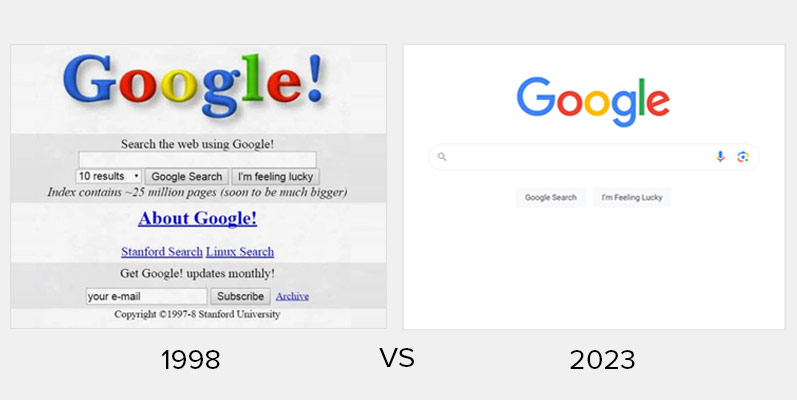
One of the biggest game changers of digital marketing (and the internet itself) was the release of the Google search engine in 1998. While other search engines existed prior to Google, the search engine’s algorithm, and its ability to crawl, index, and rank web pages gave it the competitive edge it needed to pull ahead of the pack. To this day, Google maintains its top spot as the most popular search engine in the world.
Once the search engine started gaining popularity, marketers wanted their websites to be seen on the results pages and get more traffic. To do that, they found ways to optimize their websites so that they would be ranked higher by the search engine. These strategies were the start of the search engine optimization techniques we use today.
Search engines like Google also discovered the benefit of offering users content for free by using ads for funding. Two years after its release, Google unveiled its AdWords platform, allowing marketers to target audiences with paid advertisements within its search results. The release of a new paid advertising platform as big as Google’s emphasized the importance of the internet to marketing.
Google’s approach made the internet more easily accessible and understandable to the average individual and allowed more people than ever to access the ever-expanding amount of information and advertisements being added to the online world.
With increased affordability and the rise of personal home computers, Web 1.0 was replaced with Web 2.0. Released around 2004, this version of the internet was more interactive and collaborative for users, giving them a way to participate. This is the version that we are currently using too. The switch to Web 2.0 marked the turn to interactivity and socialization on the internet. No longer were you just passively scrolling static pages on the internet. Now, pages were dynamic, information was constantly changing, and you could interact with other users and businesses easily.
Web 2.0 is considered a highway of information that also saw an increase in user-generated content as users were now able to better communicate and interact with one another. Features like blogging, media sharing and storing sites, wikis, and social media all became staples of the new Web 2.0 interactivity.
Businesses were able to take advantage of this for their own digital marketing efforts with blogs being used to inform customers about products and increase the rank of a site in search engine results. This opened the door to the ability for brands to increase and improve their reputation and allowed users to share their input about products and services.
From here we also saw the rise of marketing automation platforms helping businesses understand the vast amounts of data they received from users. Advertising continued to thrive and by 2004 advertising spending on things like banner ads, Google Ads and other internet marketing in the US reached $2.9 billion.
Since 2004, the internet landscape has continued to shift and change with the biggest change coming from social media and smartphones.
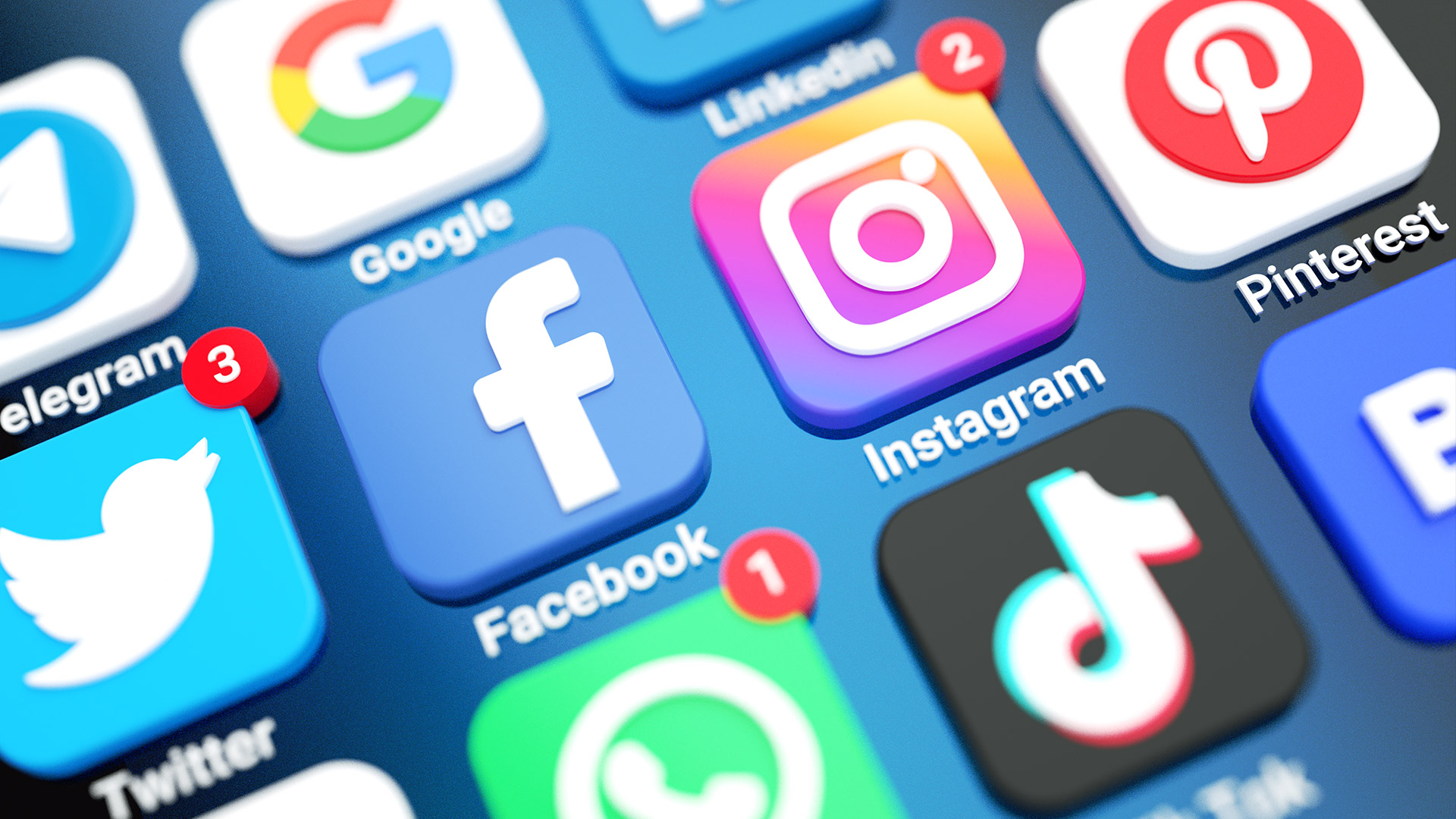
Giving users the ability to share a variety of content for fun, social media also gave marketers a new way to connect with their audience and increase brand awareness. The early 2000s saw the release of several social media platforms and the birth of social media marketing and advertising.
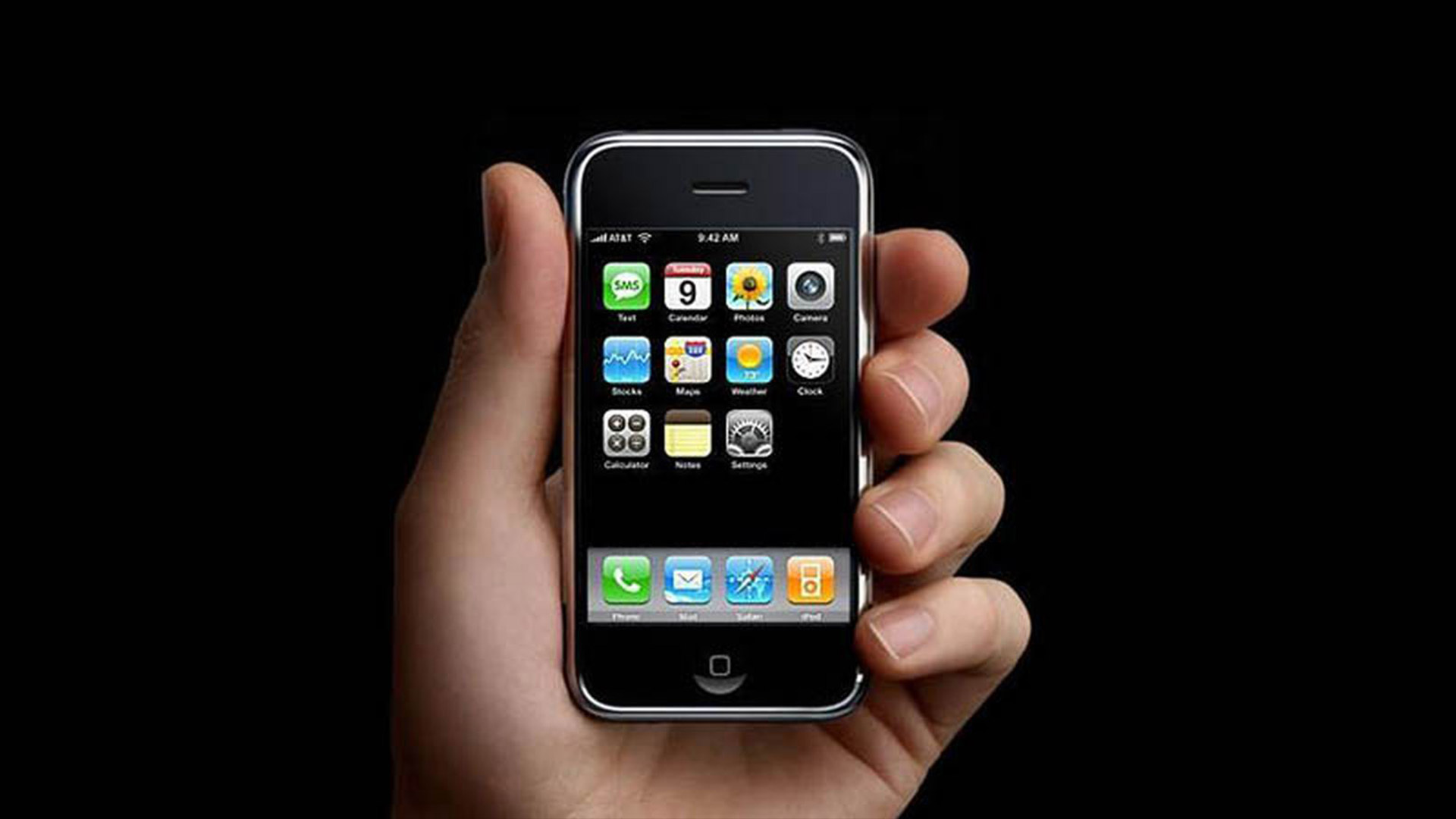
The first iPhone was released in 2007 and changed the internet landscape again by expanding its availability and usage. Now, optimizing websites and ad content for mobile search and mobile viewing is second nature to most marketers.
Both social media and smartphones have had additional impacts on marketers, such as the shift from focusing on TV ads being put on Google Ads instead. Other tactics like content marketing also saw increased popularity as people began to crave fast, easy-to-consume content. With the use of cookies and social media platforms, digital marketing seeped into every aspect of the internet.
Marketing is all about connecting with the right audience at the right time. Digital marketing takes that practice and uses the internet to make it easier and faster to accomplish. While traditional marketing still works, digital marketing can be a way to grow and capitalize on what you have done with traditional tactics up until now. Having a strong presence in the online spaces where your customers spend their time helps increase brand awareness, creates a more human connection with them and allows you to maintain a relationship that will increase customer retention. You also get to target an audience that’s more likely to convert, track your progress and use the data you find to optimize campaigns for success. In many cases, digital marketing is more cost efficient and beneficial for your business over the traditional forms of marketing.
We’re at a point in our digital marketing history where we’ve already begun to evolve into Web 3.0 which uses extensive targeting capabilities, emphasizes mobile friendliness, and uses SEO strategies to increase visibility and better user experience online. At this time, we are also watching as artificial intelligence is beginning to become a part of many marketing strategies while, simultaneously, third-party cookies are being disabled to protect user privacy. There’s no way to know exactly where digital marketing will go once Web 3.0 is finally here. It’s expected that Web 3.0 will use more modern technologies coupled with what we have now to drive even greater value to the information and connections on the internet.
Digital marketing strategies are always evolving to keep up with changes on the internet and user preferences. Keeping up can be tough, which is why digital marketing agency services can be a great investment.
Varga Marketing Inc is a full-service digital marketing agency that keeps up to date on the best strategies for marketing and advertising, along with keeping on top of new social media platforms and technologies. No matter what your business goals are, when you work with our team, you’ll be able to sit back and relax while we do the (digital) heavy lifting. Reach out to us today to see how our modern marketing skills can be used to benefit your business.


